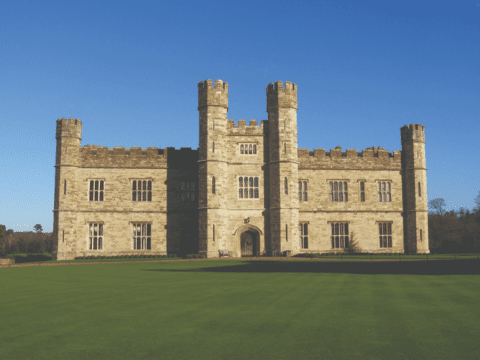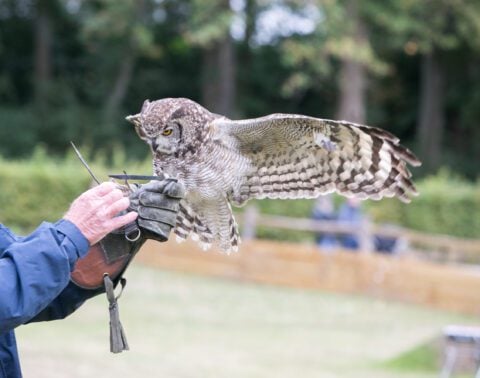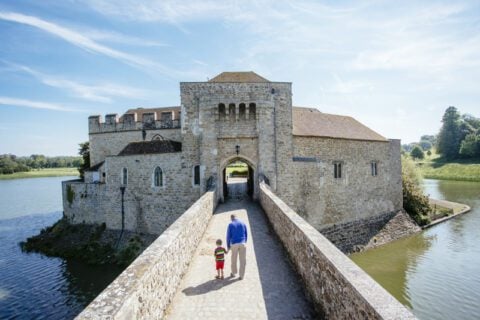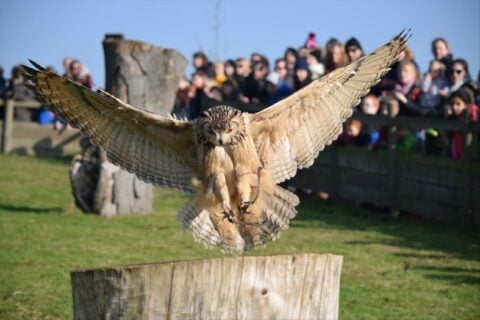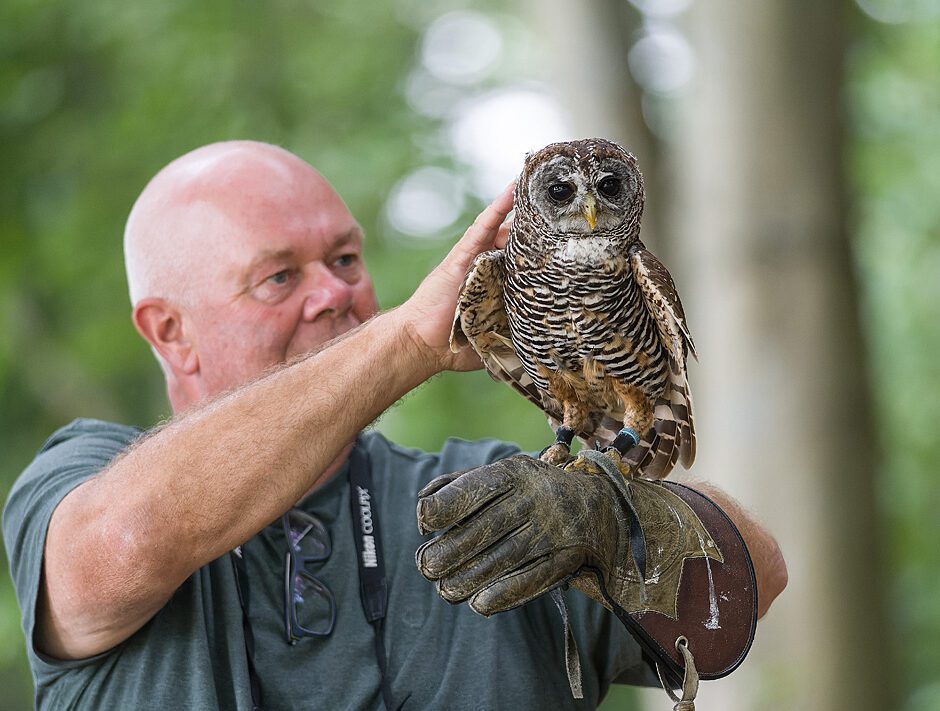The spooky season is upon us, an aptly named season given that spiders are one of the most common sightings throughout this month. Although all the arachnophobes reading this will be cringing right now but we urge you to take a good look at the next spider you see. They are actually very beautiful creatures full of intricate detail, and are incredibly important if not essential to our ecosystem!
We know they’re not everybody’s favourite creatures but we are definitely big fans! The reason they are more active at this time of year. It is actually quite romantic, the spiders you most commonly see are males that are in search of females.
So next time you come across a spider just remember he’s not there to scare or hurt you. He’s looking for his soulmate, it’s like an eight-legged love story!
Sticking with the spooky season, another big favourite of Hannah’s (our Head Falconer) is bats!
We have at least seven species of bat at Leeds Castle. This time of year is great for not only listening to their social calling, but seeing them flitter around in search of food. The babies from the spring are now fully weaned and will be venturing out to eat as much insect life as possible. This is to increase their weight for the upcoming hibernation. Common Pipistrelles are our most seen species, so do keep an eye out for them, especially towards late afternoon.
Now, we know what you’re thinking, we’ve started this month’s blog with spiders and now bats, which means you aren’t going to read on, but trust us, we will also be talking about hedgehogs and owls so please read on!
Still, a relatively ‘Halloween’ species but a much-loved one of many people are owls. This month sees a lot of activity from our two resident species. Little Owls have been seen across the golf course and in the upper parkland. They’re incredibly difficult to spot as they’re very small however the call is loud. It’s almost a barking sound so you may hear one before you see one. A good tip for Little Owls is to check the ground as well as the trees; this owl forages for insects on the ground so is often missed!
Our most common (and easily identified) owl is the Tawny Owl. It’s not an easy owl to spot purely because their camouflage is a superpower of these birds but they are easily heard. Their babies have recently fledged and are currently seeking to establish their own territory which means lots of calling! With this species, you will hear the easily recognisable ‘Twit – Twoo’ sound commonly associated with all owl species. But in fact, it’s only the Tawny Owl that makes this noise – although a little spooky it is an incredible call.
___
In our previous blog, we heard from Simon, one of our volunteers. This month we’ve spoken to our volunteer Hannah, here’s what she had to say:
How long have you been volunteering?
Just over three years now, I started with work experience in 2019 and then never left!
Who’s your favourite bird of prey and why?
I’m definitely an owl lover and Merlin our White Faced Scops owl will always be my favourite. He’s so small, cute and has a special place in my heart. However, our newest addition Norris our Tawny Owl, has so much character so it’s hard to not love him as well.
What is your most interesting/unusual bird of prey fact?
Barns Owls aren’t actually true owls they have a different bone structure compared to other owls. This means they are classified under different orders but they are each other’s closest relatives
Thank you for reading. As always if you have any questions, enquiries or even experiences you’d like to share please get in touch. Keep an eye out for our November blog coming soon!
The Falconry & Wildlife Team I falconry@leeds-castle.co.uk
